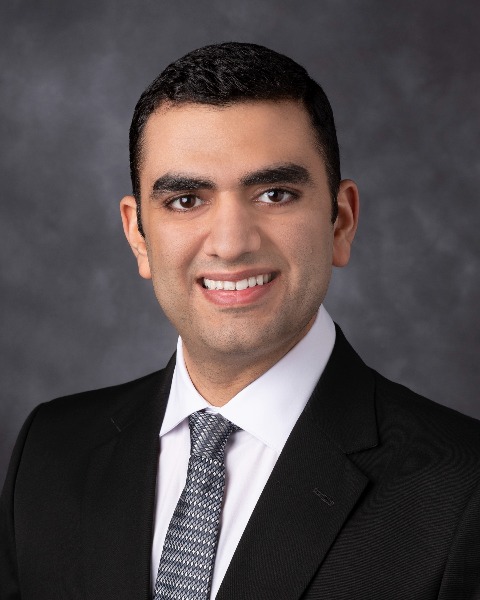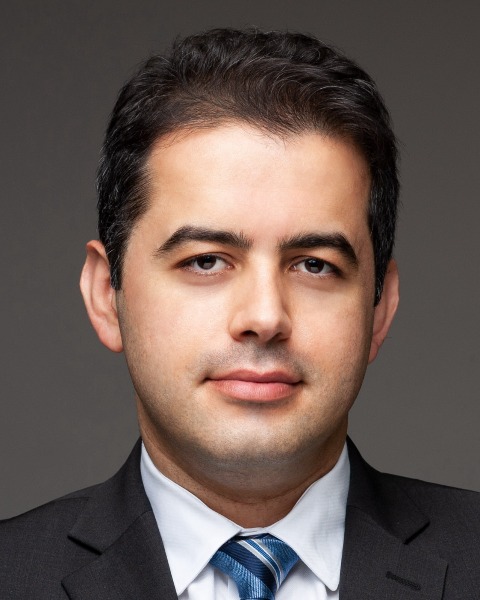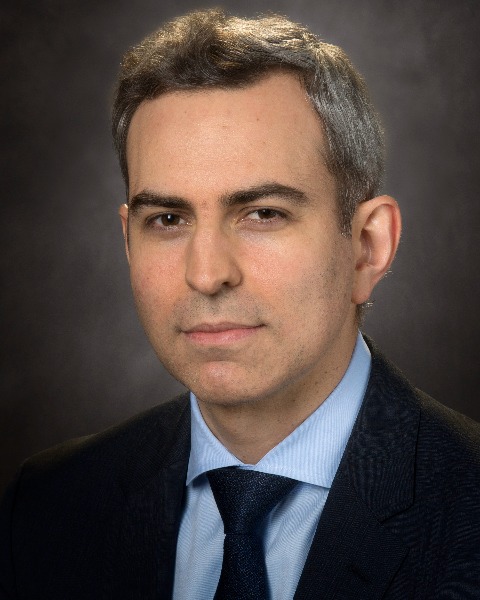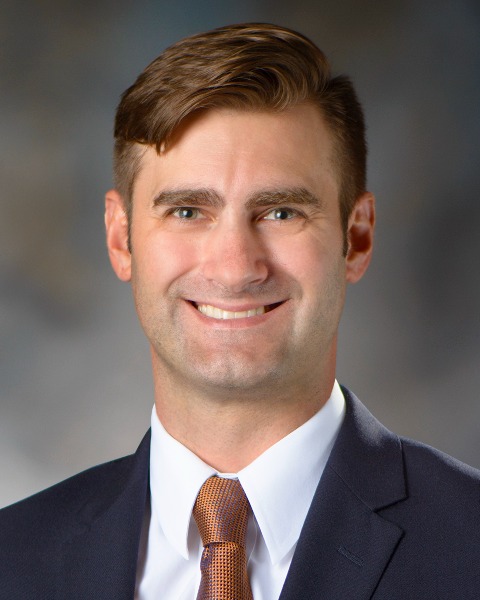SIR 2025
Interventional Oncology
Scientific Session
Screening for Percutaneous Lung Cryoablation Adverse Event Risk: A Single Center Comparative Analysis to Surgical Risk Estimates

Koustav Pal, MBBS (he/him/his)
Postdoctoral Research fellow
MD Anderson, United States- PP
Prisha Patel, MPH
Research Assistant
MD Anderson Cancer Center, United States - HA
Hadi Ahmed, None
Research Medical Student
MD Anderson, United States - BT
BIll Tang, BS
Research Medical Student
MD Anderson Cancer Center, United States 
Mohammad Mahdi Khavandi, MD
Postdoctoral research fellow
MD Anderson Cancer Center, United States
Peiman Habibollahi, MD, RPVI
Associate Professor
MD Anderson Cancer Center, United States- KS
Ketan Shah, MD
Assistant Professor
MD Anderson, United States 
Steven Y. Huang, MD, FSIR
Professor
The University of Texas MD Anderson, United States
Bruno C. Odisio, MD, PhD, FSIR (he/him/his)
Professor
MD Anderson Cancer Center, United States- SG
Sanjay Gupta, MD, FSIR
Professor and Chairman of the Department of Interventional Radiology
MD Anderson Cancer Center, United States - KA
Kamran Ahrar, MD
Professor
MD Anderson Cancer Center, United States 
Steven Yevich, MD, FSIR, MPH
Interventional Radiologist
MD Anderson Cancer Center, United States- JK
Joshua D. Kuban, MD, FSIR, MA
Associate Professor
MD Anderson Cancer Center, United States 
Alda Tam, MD, FSIR
Professor
MD Anderson Cancer Center, United States- RS
Rahul A. Sheth, MD, FSIR
Associate Professor
MD Anderson, United States
Presenting Author(s)
Author/Co-author(s)
To evaluate the relevance of established surgical risk calculators (SRCs) for predicting complications in patients undergoing percutaneous lung cryoablation (PLC).
Materials and Methods:
The institution’s database was queried for PLC procedures from March 2015 to May 2024, excluding those patients with concomitant local therapies or more than four lesions treated in a single setting. Demographics, frailty metrics as defined by the surgical literature, and procedural variables were collected. To evaluate the suitability of surgical risk estimate calculators, the requisite demographic data were input into the American College of Surgery SRC; estimates for length of stay (LOS), serious complications, 30-day readmission, and mortality were calculated to determine the comparative risk profile were the patients to have undergone surgical wedge resection instead of PLC. Additionally, to evaluate the suitability of imaging predictors of complications, the volume of emphysematous lung was calculated using a machine learning algorithm. and incorporated into a logistic regression analysis of other demographic and technical variables.
Results: The study included 217 patients who underwent 314 procedures (table 1). Chest tubes were placed in 49% of procedures. The median LOS was 1 day (IQR-1,range: 0-13). The median percentage of emphysema within the lungs was 5.9% (IQR: 9.57% range: 0.01%–50.3%). The median predicted surgical rates for serious complications (13.5%), 30-day readmission (12%), and 30-day mortality (5.9%) were all greater than actual rates following PLC (1.6%, 4.8%, and 0.3%, respectively). The estimated surgical LOS differed significantly from the actual PLC LOS (5 vs. 1 days, p< 0.001). In multivariable analysis, technical variables were more predictive of LOS than demographic frailty indicators. Larger tumors (OR 1.47, 95% CI [1.07, 1.84], p=0.014) and the number of lesions ablated (OR 1.79, 95% CI [1.15, 2.80], p=0.009) were significantly associated with increased LOS, while COPD, renal failure, age, and hypertension were not. Likewise, emphysema was not associated with LOS.
Conclusion:
Complications following PLC are significantly less frequent than the estimated complication risks for wedge resection in the same patient population. Risk estimate calculators tailored to PLC would help screen for high complication risks related to this procedure.


.jpg)